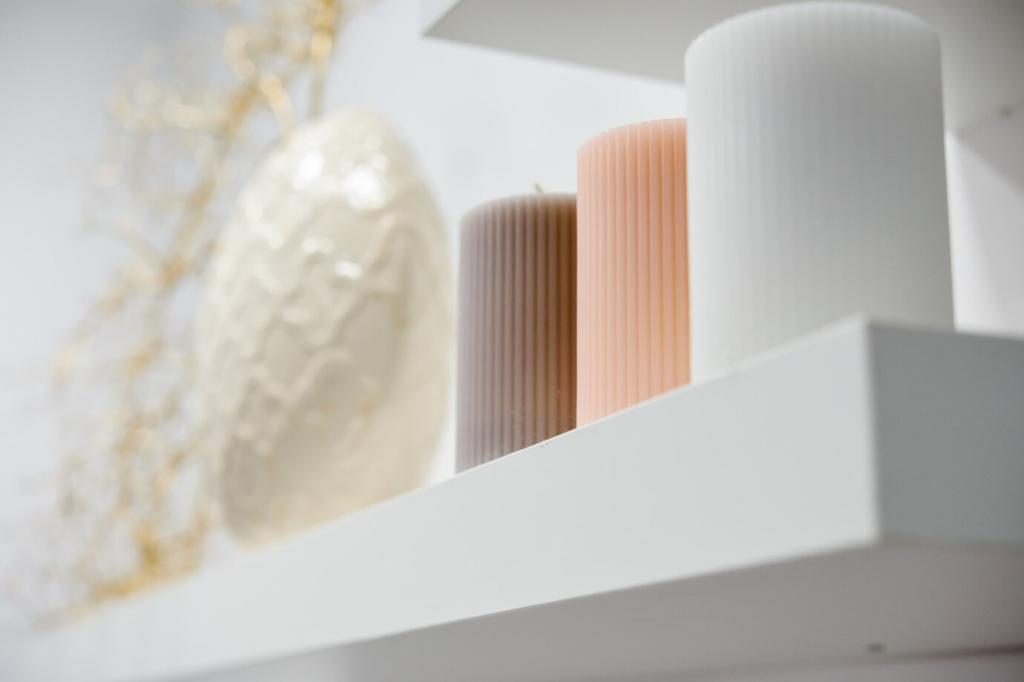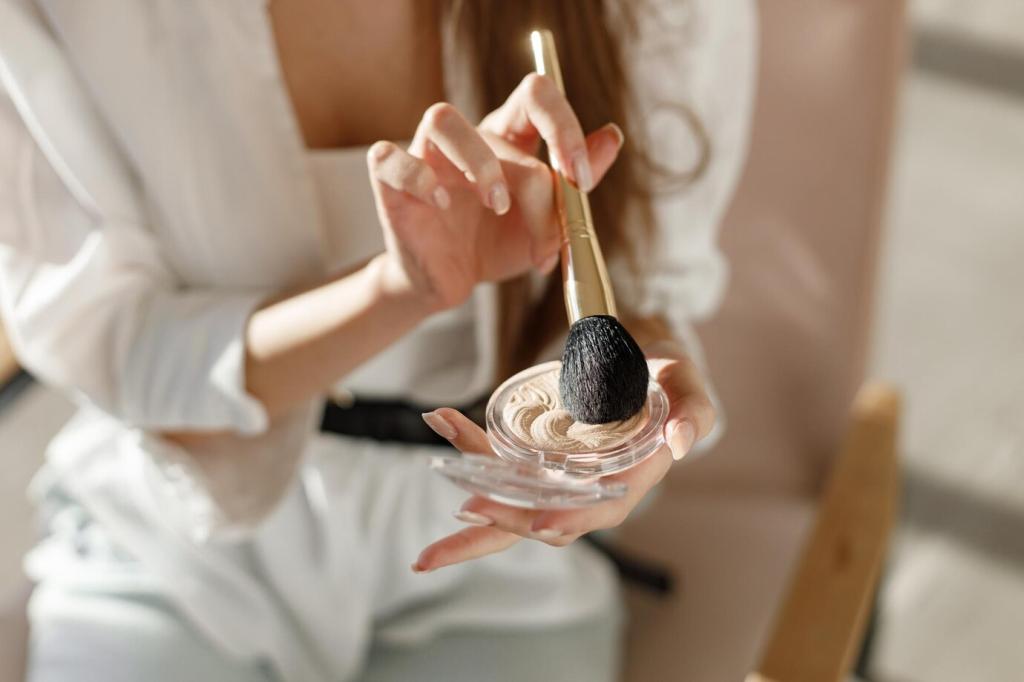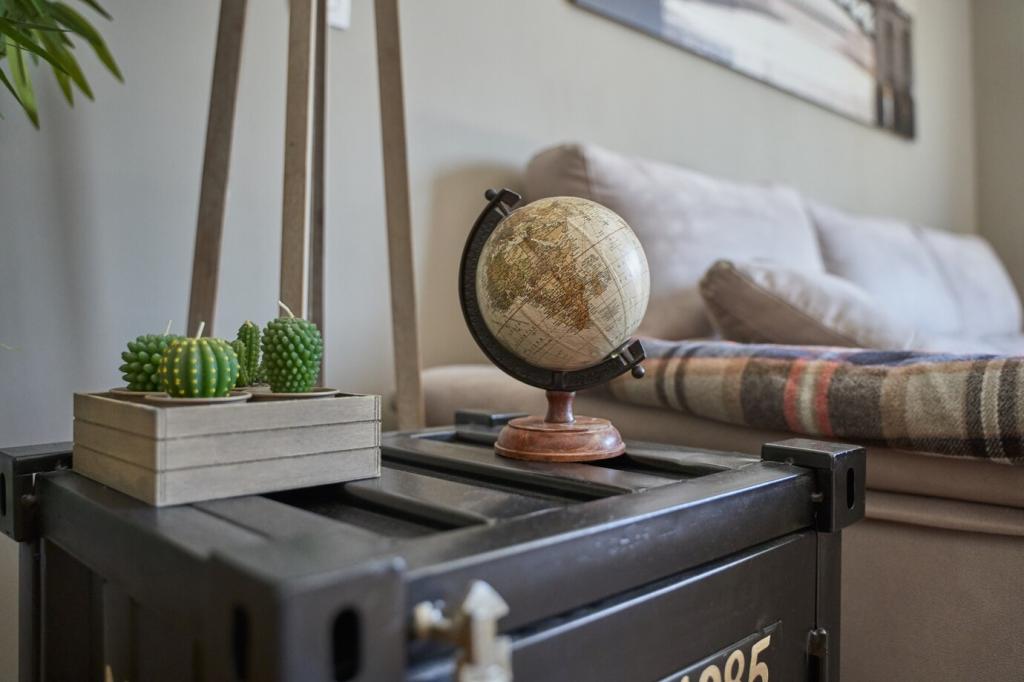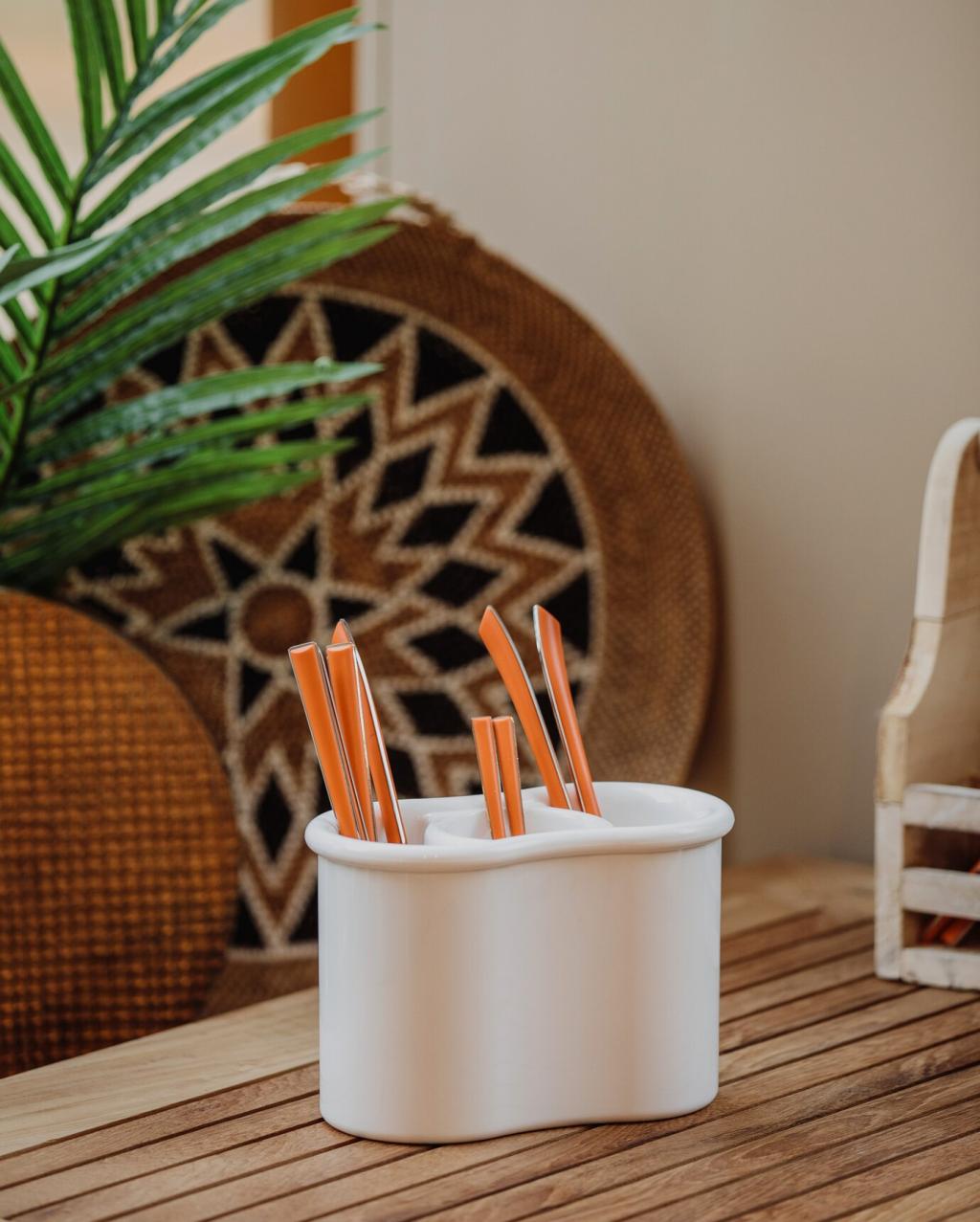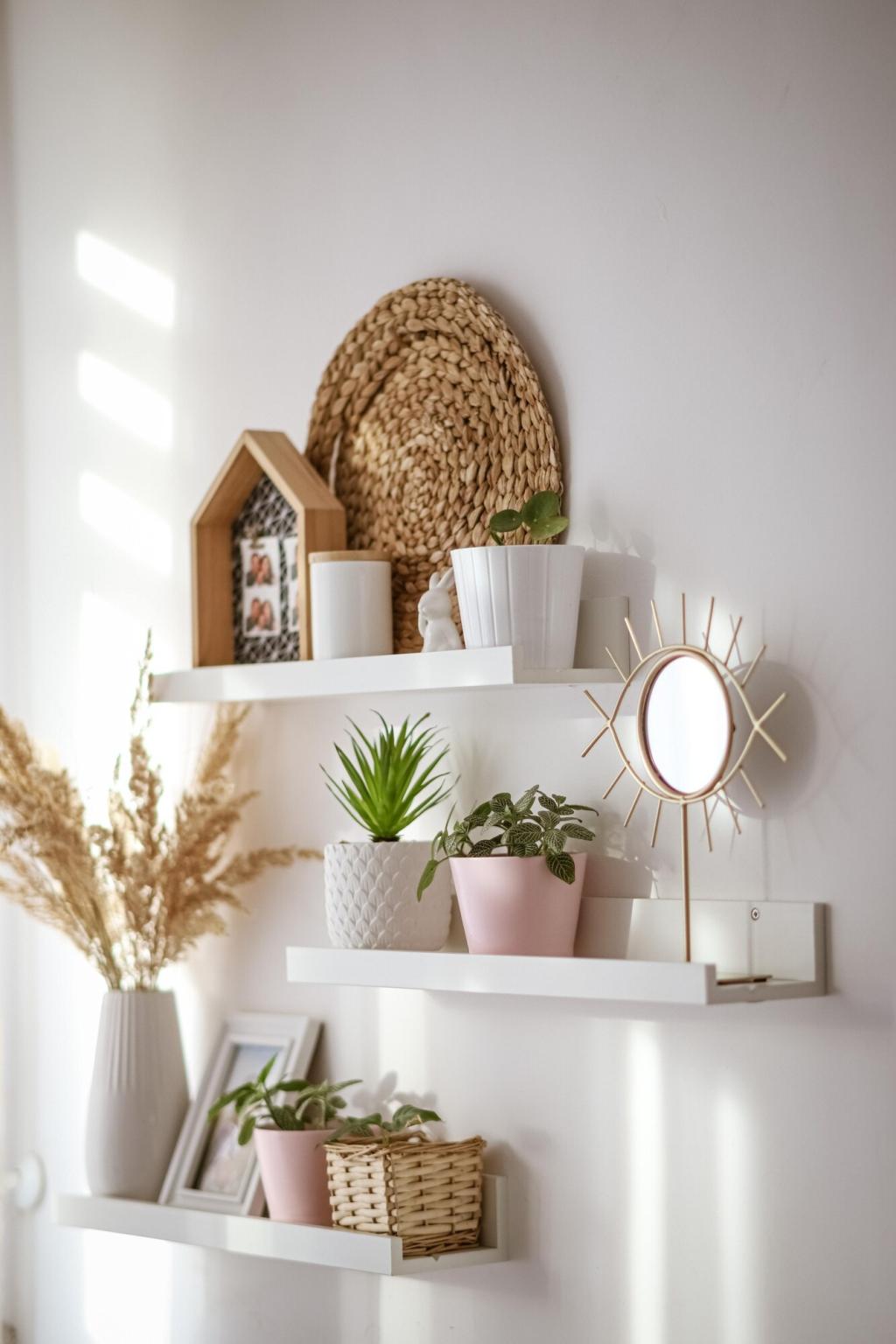Light, Color, and Air: The Minimalist Mood Makers
Lean into warm whites, pale greige, or cool mist gray to keep the room airy without going sterile. Add texture through matte tiles or linen shower curtains so minimalism reads human, not hospital.
Light, Color, and Air: The Minimalist Mood Makers
An oversized mirror above a floating vanity doubles perceived depth, while a frameless shower screen erases visual borders. Keep hardware slender, letting light travel unblocked from window to wall to tile.

